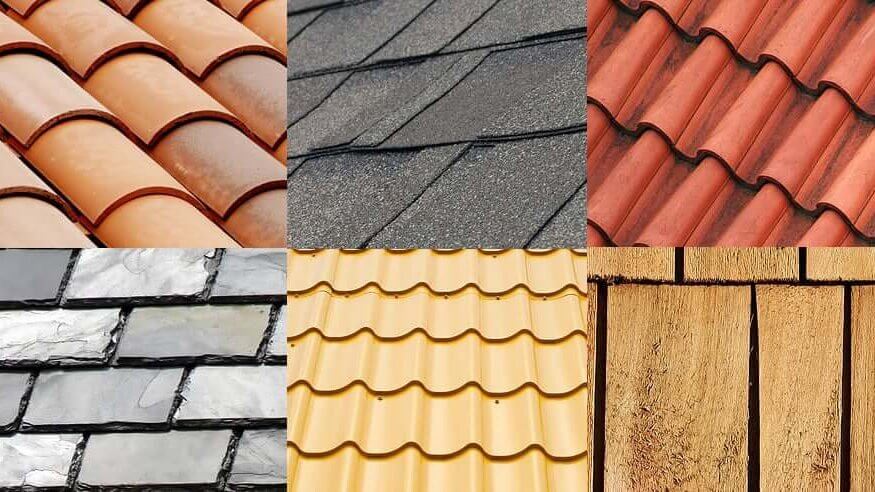Introduction
Choosing the right roofing material is a critical decision for homeowners. Your roof not only protects your home from the elements but also contributes to its aesthetic appeal and energy efficiency. With numerous options available, understanding the differences between various roofing materials can help you make an informed decision. Here’s a guide to some of the most popular types:
We at PLJ are the leaders in carpentry services in Cape Cod, MA,and specialists in roofing services.

Click here and get a free quote for your roofing project with PLJ Carpentry
1. Asphalt Shingles
- Overview: Asphalt shingles are the most common roofing material in the U.S. due to their affordability and ease of installation.
- Pros: Cost-effective, widely available, and come in various colors and styles.
- Cons: Shorter lifespan (20-30 years) compared to other materials and may not be as environmentally friendly.
2. Metal Roofing
- Overview: Metal roofs are known for their durability and sleek appearance. They can be made from steel, aluminum, copper, or zinc.
- Pros: Long-lasting (50-70 years), lightweight, and recyclable. They are also energy-efficient, reflecting sunlight to reduce cooling costs.
- Cons: Higher upfront cost and may require specialized installation.
3. Clay and Concrete Tiles
- Overview: These tiles offer a distinct and traditional look, often associated with Mediterranean, Spanish, or Southwestern styles.
- Pros: Extremely durable (can last over 100 years), fire-resistant, and low maintenance.
- Cons: Heavyweight may require additional structural support and higher installation costs.
4. Slate Roofing
- Overview: Slate is a natural stone material that offers unmatched elegance and longevity.
- Pros: Exceptionally durable (up to 150 years), eco-friendly, and highly resistant to fire and weather.
- Cons: Very expensive and heavy, requiring skilled installation and reinforced roofing structures.
5. Wood Shakes and Shingles
Considerations for Longevity:
- Overview: Wood roofs are typically made from cedar, redwood, or pine, providing a natural and rustic aesthetic.
- Pros: Attractive appearance and good insulation properties.
- Cons: Prone to fire (unless treated), susceptible to rot and insects, and require regular maintenance.
6. Synthetic Roofing Materials
- Overview: These materials mimic the appearance of traditional options like slate, wood, or clay but are made from synthetic materials such as plastic or rubber.
- Pros: Lightweight, cost-effective, and low maintenance with good durability.
- Cons: Limited track record compared to traditional materials and may lack the authentic feel of natural products.
7. Green Roofs
- Overview: Green roofs are covered with vegetation and provide unique environmental benefits.
- Pros: Improve air quality, offer natural insulation, and reduce stormwater runoff.
- Cons: Require ongoing maintenance and a significant upfront investment for installation.
Factors to Consider When Choosing Roofing Materials:
- Climate: Select materials that can withstand local weather conditions (e.g., heavy rain, snow, or heat).
- Budget: Consider both initial costs and long-term maintenance expenses.
- Aesthetic Appeal: Choose a material that complements your home’s architectural style.
- Durability and Lifespan: Evaluate how long the material is expected to last and its resistance to wear and tear.
- Environmental Impact: Opt for sustainable and recyclable materials if eco-friendliness is a priority.
Conclusion:
The right roofing material depends on your specific needs, preferences, and budget. Whether you prioritize durability, cost, or style, understanding the benefits and drawbacks of each option can guide you to make the best decision for your home. For a more personalized recommendation, consult with a professional roofer to assess your home’s requirements.

